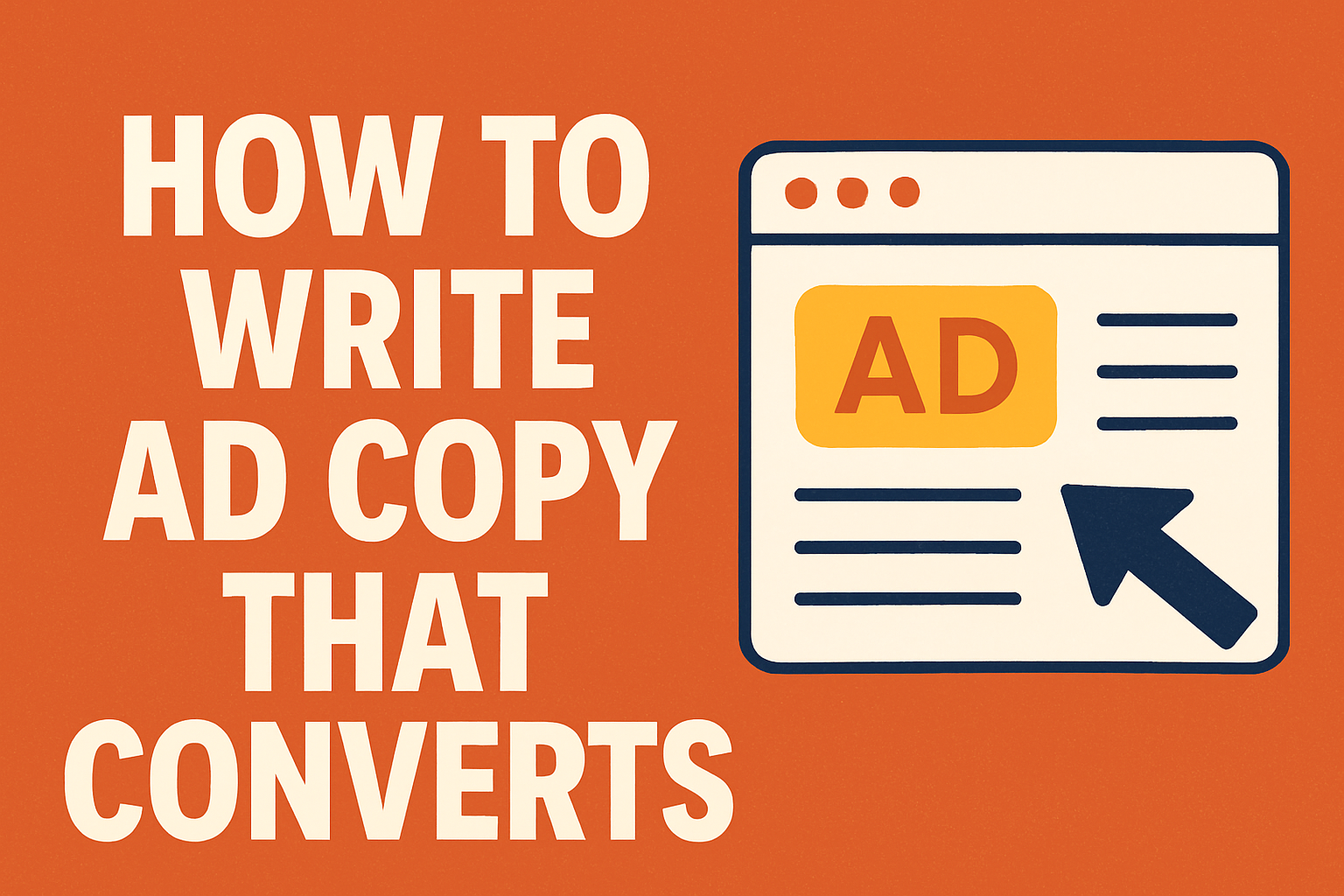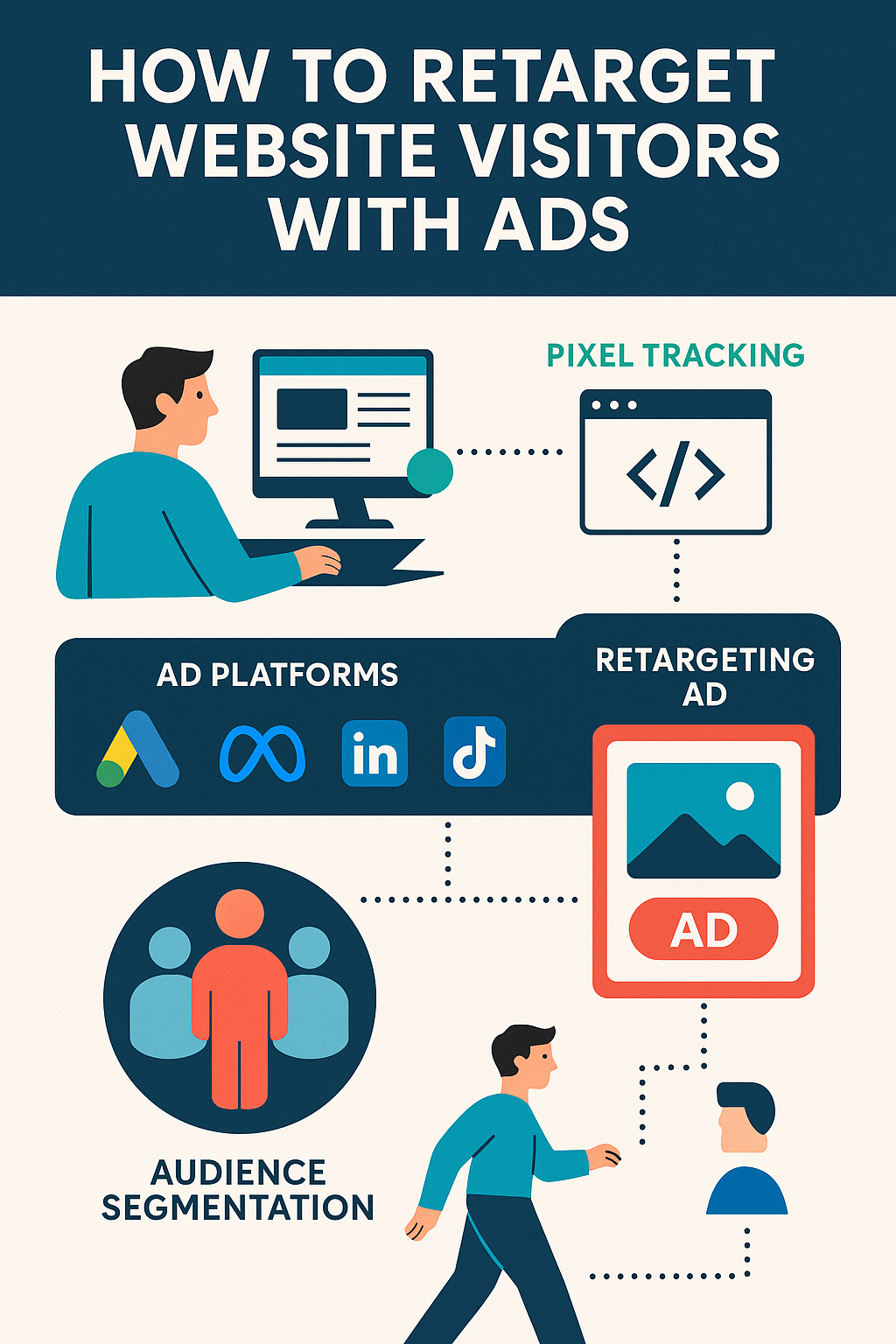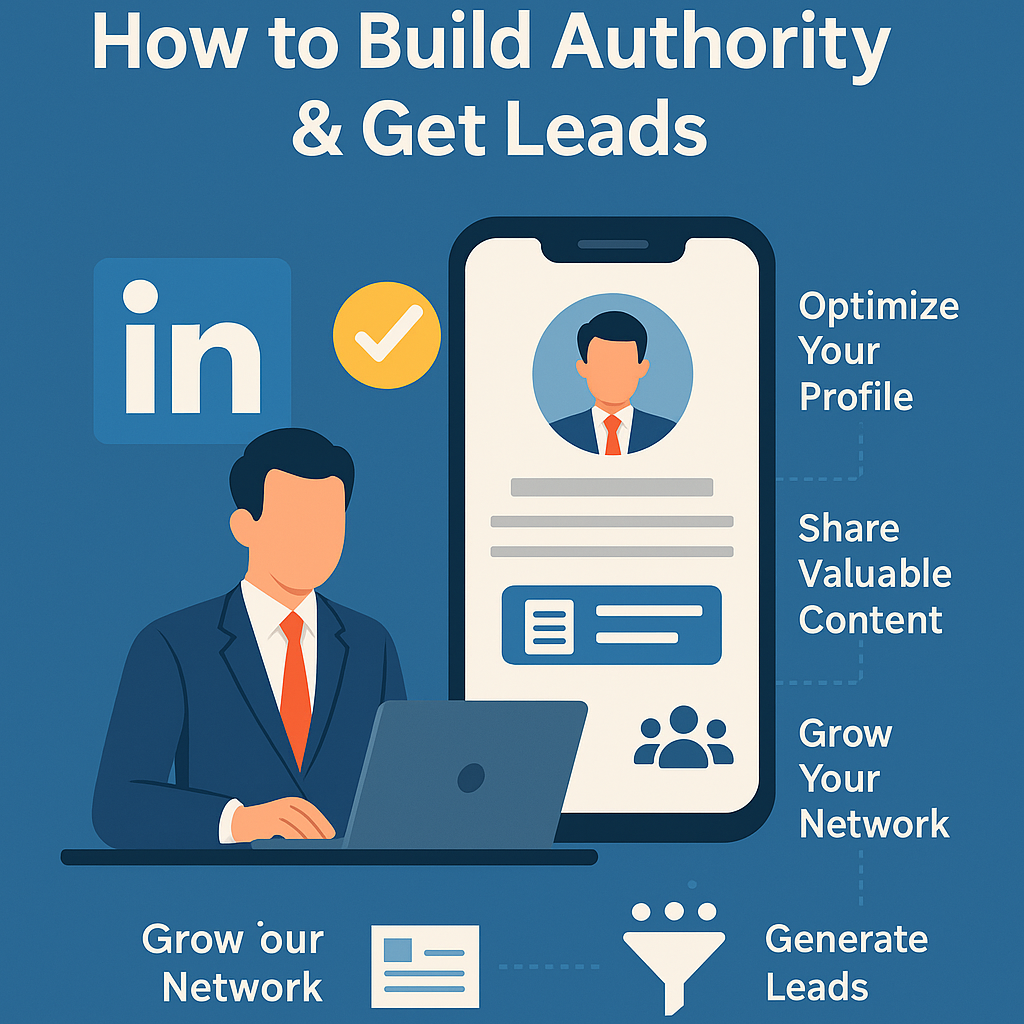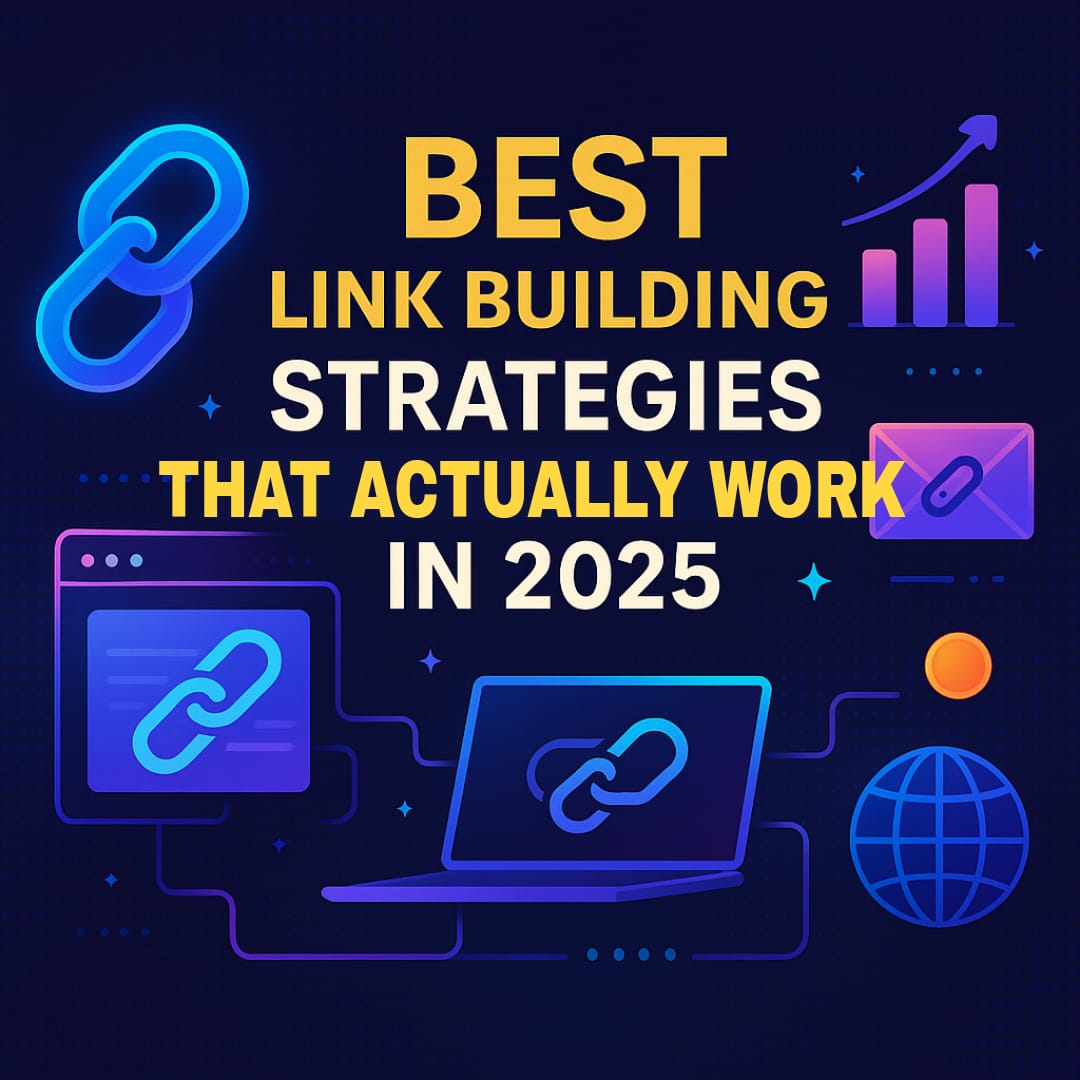How to Write Ad Copy That Converts: A Complete Guide for Marketers
Table of Contents
Advertising has certainly evolved from newspaper classified ads and radio jingles. The war for consumers’ attention today more than ever is an online war, and clicking, swiping, and scrolling matter more than ever. Even though we may have more advanced targeting or bidding strategies in place, etc., the one thing that is still pure heart & soul is your ad copy.
Ad copy is more than just a few words, it is persuasion by text. If your ad copy doesn’t generate an emotional connection, an immediate curiosity or immediate value, you intercepted a purchase before they even considered buying the item. Create an ad copy that creates a conversion is both art & science. In our article, we will be able to breakdown the strategies, the psychology, and best practices that will assist you in generating well-crafted ads that not only get attention, but get action.
According to unbounce, Regular copywriting tells a story, but conversion copywriting tells a story that ends with the reader doing exactly what you want them to do.
Why Ad Copy Matters More Than Ever
In an advertising-saturated digital landscape, the words you choose differentiate a scroll-past from a click-through. You can target the best audience with laser-like precision, but if your messaging is boring, vague, or confusing, your ad will not convert.
Marketing studies have shown that consumers are exposed to thousands of ads every day, and they can only recall a small handful of them. Ads that stick usually:
- Speak to a need or pain point directly.
- Propose a compelling solution.
- Employ concrete, persuasive language.
- Create a sense of urgency or exclusivity.
Consider this: you aren’t just competing for attention against competitors in the same industry; you are competing against cat videos, memes and the entire internet. So remember, sharp, concise ad copy that elicits an emotional response is your secret weapon.
Understanding the Psychology Behind Conversions
To write ad copy that converts, you have to step into your audience’s shoes. What makes them stop scrolling? What makes them click? What makes them buy?
Here are some psychological principles that you should follow when writing your copy:
1. Pain and Pleasure
People seek to avoid pain and seek pleasure, and that drives human behavior. If your ad powerfully expresses how your product relieves pain (e.g., saves time, saves stress, saves money), or generates pleasure (e.g., luxury, convenience, excitement), you have no choice but to attract interest.
2. Social Proof
Trust is a fundamental human connection. You can tap into this by adding testimonials, reviews, social proofs (e.g., “1,000 clients” or “98% recommend”), or statistics that lend credibility and trustworthiness to your offer.
3. Scarcity and Urgency
FOMO (the fear of missing out) is strengthened by limited time offers, limited stock announcements, or by a countdown timer. When applied in an authentic way, urgency can increase conversions significantly
4. Authority
If your brand has credentials, experience, or endorsements, flaunt it. People have a love-hate relationship with authority, but it builds trust, and trust leads to conversions
5. Curiosity Gap
Humans have a natural inclination to closure – which is ideal when creating headlines that tease information or a business outcome but do not give it all away. For example, “You’re probably making this one mistake in your marketing (and it is costing you).”
Crafting the Perfect Headline
The headline is the entry point of your ad. Eight out of ten people read the headline, but only two out of ten price the rest. That’s why you want the headline to make an impact.
Here are some tried and true headline strategies:
- Clarity over cleverness — don’t put your reader through their paces with wordplay. “Get 50% Off Your First Month of Fitness Coaching” is better than “Flex Your Future.”
- Use numbers and specifics — headlines with numbers get a better response because there’s something concrete about them. Example: “Double Your Email Open Rates in 30 Days.”
- Ask questions — questions engage the brain. Example: “Are You Struggling to Lose Weight Despite Working out?”
- Highlight benefits, not features — features tell and benefits sell. Don’t say “Our Software Has Advanced Automation”; say “Save 10 Hours a Week with Automated Workflows.”
Pro Tip: For EVERY ad you create, write 10–15 headline variations. Test them. The one that works will surprise you.
The Body Copy: Turning Interest Into Desire
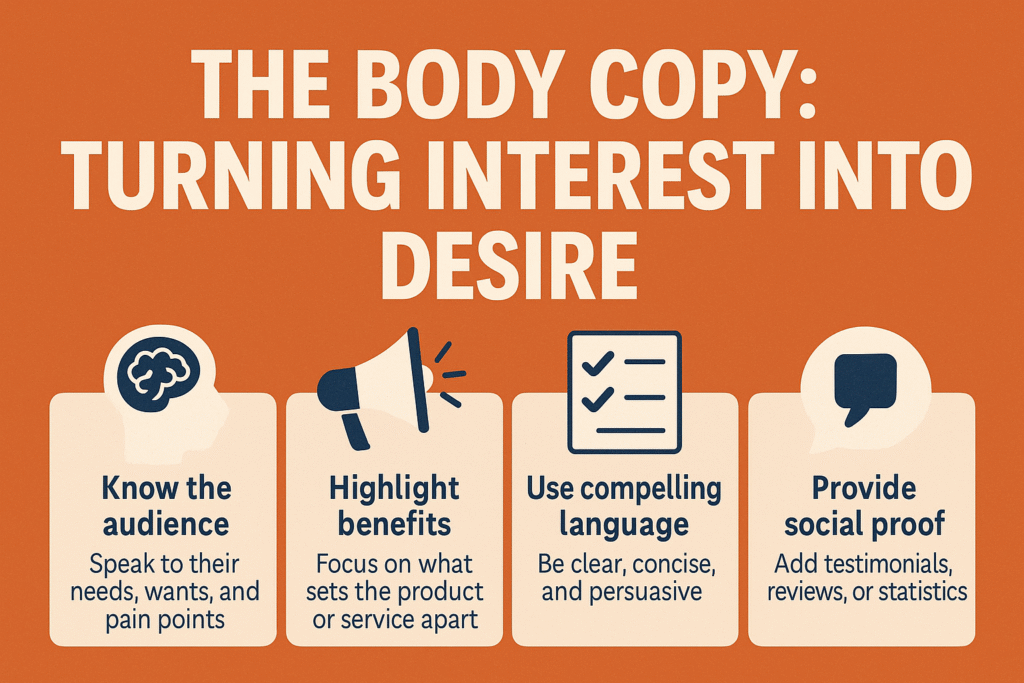
Once you have got your reader in based on your headline, your body copy needs to reel them in and create desire leading them towards action.
With that in mind…
Use Short Sentences, Simple Words, Direct Language
Your audience is scanning rather than reading. Make your copy as easy to read as possible by using short sentences, simple words, and direct language. Avoid jargon, unless you believe your audience expects it.
Focus on Benefits
A feature is something that something does. A benefit is what it means for the customer. Rather than, “500GB Cloud Storage,” say, “Never run out of space for your photos and files again.”
Storytelling
People will remember stories; not statistics. You can make your ad relatable with even a brief anecdote. Example: “Sarah cut her grocery bill in half after using our coupon app. How much could you save?”
Urgency
Use urgency phrases such as, “limited offer,” “today only,” or “last chance.” But don’t overdo it—false urgency creates a lack of trust.
Chunk Your Text
If the platform allows, use line breaks, bullet points, and/or emojis to chunk areas making your copy easy to digest and read.
The Call to Action (CTA): Your Make-or-Break Moment
CTAs are where the true magic happens. They’re the pinch that directs the reader to take action finally. Weak CTAs will sink ads, strong ones convert.
Tips to writing CTAs:
- Be concise: “Buy Now, “Get Started,” “Download Your Free Guide.”
- Create urgency: “Claim Your Spot Today.”
- Provide value: “Start Your Free Trial.”
- Be brief: 2 – 5 words usually produce the best results.
A good rule of thumb: imagine your ad without the CTA. If it doesn’t feel like it’s missing something, your CTA probably needs to be stronger.
Writing for Different Platforms
Different advertising channels all have their own little nuances to work within. What’s effective on Google won’t necessarily work on Instagram, and vice versa. Here’s how each one works:
Google Search Ads
- Keywords really have power here, so harness them. You want your copy to match search intent closely.
- Be direct & clear – limited space here.
- Clearly state promotions & unique selling positions using headlines.
Facebook & Instagram Ads
- Visuals reign supreme, but copy is still relevant.
- Get emotional to start – hooks work.
- Consider using emojis to give feel of casual conversation.
- Test long vs. short ads captions.
LinkedIn Ads
- Professional tone – use this on Duck or calls to action.
- Prove authority, expertise, and industry placement here.
- Sell to career growth & ROIs.
Twitter (X) Ads
- Strictly short & direct. Think impactful headlines.
- Use hashtags strategically, when appropriate.
TikTok Ads
- Capture viewers in first few seconds.
- Copy should support the visual storytelling.
- Maintain a fun aspect to your call to action, while chapter the native culture of TikTok.
Testing and Optimizing Your Copy
Even the most accomplished writers won’t come up with a home run every time. The secret weapon? A/B testing.
- Test headlines: A small change in a word can double your click-through rate.
- Test the length: Short body copy vs. long body copy.
- Test different CTAs: “Buy Now” vs. “Start Free Trial.”
- Test the emotional tone: Friendly or authoritative.
Use your data to refine. If an ad is underperforming don’t throw away the entire ad — change it. Iteration is how you turn a good ad into a great ad.
Common Mistakes to Avoid

- Being too vague: Don’t use phrases like “Best Service in Town”—provide proof instead.
- Focusing too much on features: Remember that benefits sell.
- Word count overload: Less is more.
- Ignoring mobile users: Most ads get viewed on mobile – make it mobile-friendly.
- Utilizing clickbait: Clicks from misleading ads may get clicks, but they’re ruining trust and conversions.
Conclusion: Words That Sell
Effective ad copy is more than just great writing; it is strategy, psychology, and empathy. You are not merely selling a product; you are solving problems, fulfilling wants, and delivering transformation. When you learn to write ad copy that converts, every ad dollar provides greater return on investment. Your headlines hook, your body copy converts, your call to action seals the deal. When your ads stand out, it cuts through the crowded digital landscape.
Final Thought
Your audience is not looking for another advertisement. They are looking for something that speaks to them in the moment they find themselves in. The closer your ad copy gets to that, the higher your conversion rates will be.
For more such articles click here.
FAQs
What is ad copy?
Ad copy is the text or writing portion of an advertisement. Its purpose is to get attention, convey the value of a product/service, and incite a reader to take action, whether clicking, signing up, or buying.
Why is ad copy important for conversions?
Even if you target ads perfectly, you cannot expect that bad ad copy will compel users to act at all. Good ad copy appeals to a reader’s emotions, focuses on product/service benefits, and provides a clear next step – which typically increases conversions.
How long should ad copy be?
This comes down to the ad platform. Google search ads require short and punchy sentences, while Facebook or LinkedIn ads can create higher engagement with long-form, story-like formats. Always test both.
What makes a good ad headline?
A good headline is clear, specific, and focused on that all-important benefit. It should provoke a connection, curiosity, and urgency while also reflecting a user need.
What are some common mistakes in ad copy?
The biggest advertising mistakes are: being too vague, focusing on features rather than benefits, writing text that is too long, neglecting mobile optimization, and using weak calls to action.
Should ad copy be emotional or logical?
Typically the best ad copy combines both. Emotional appeals get a reader’s attention, and creates the desire for a product/service. Logical appeals (facts, benefits, proof) establish trust and support the reader’s decision-making.
How often should I test my ad copy?
Continuously. A/B testing different headlines, CTAs, and even lengths should be a tactic of your strategy. You might find even minor changes in wording can lead to significant differences in results.
Do I need to use keywords in ad copy?
Yes, but especially in Google search ads where finding matching search intent is a priority. But do not stuff keywords – the goal is to use them naturally so the copy sounds right.
Can visuals replace strong ad copy?
Visuals make a difference, but more importantly they provide context and persuasion. Strong visuals can stop scroll, but good ad copy will get the audience to act.
How do I write a strong CTA?
Strong CTAs are clear, action-oriented, benefit-driven. Instead of “Submit,” you would say – “Get My Free Guide” or “Start Saving Today.” Make your CTA something they can’t resist.
